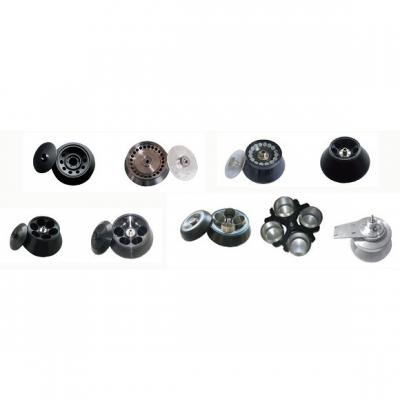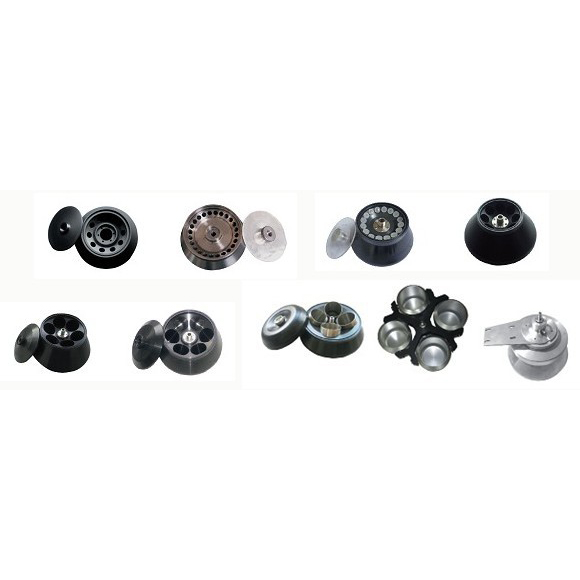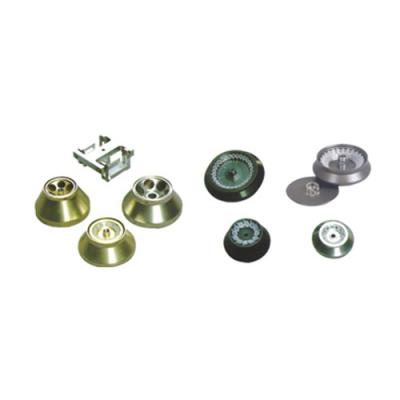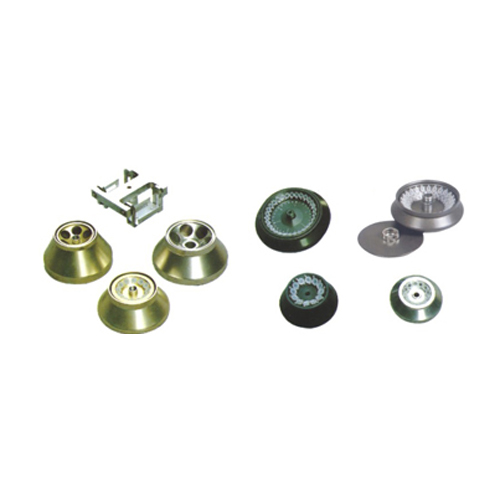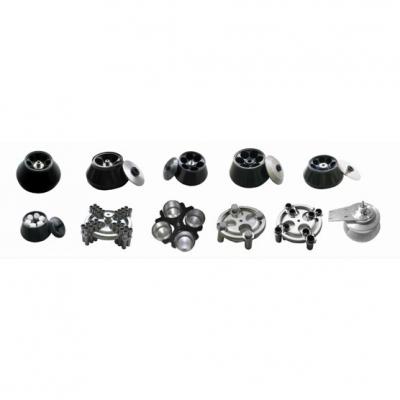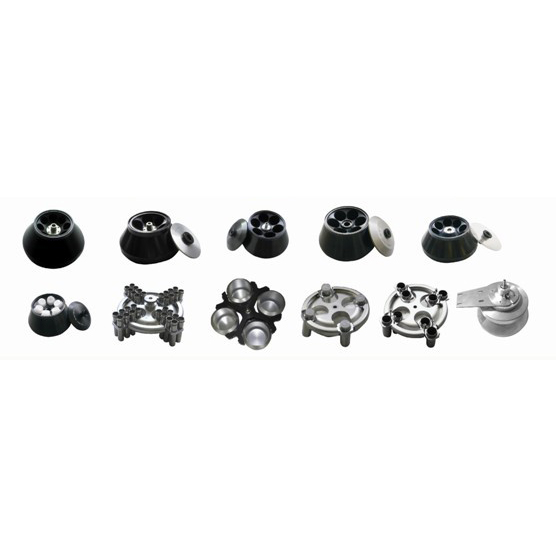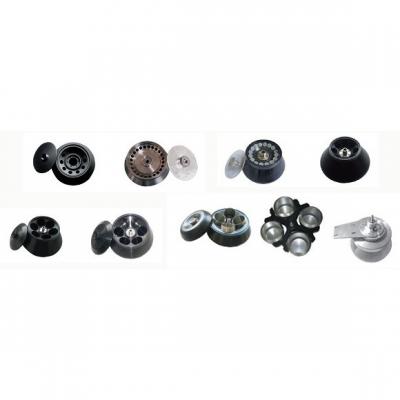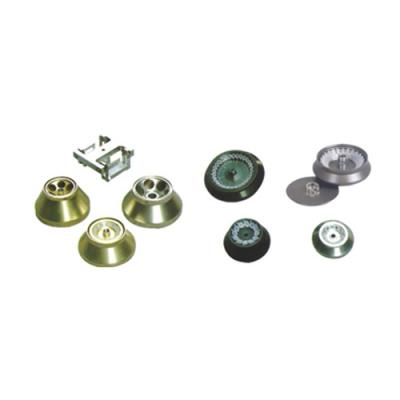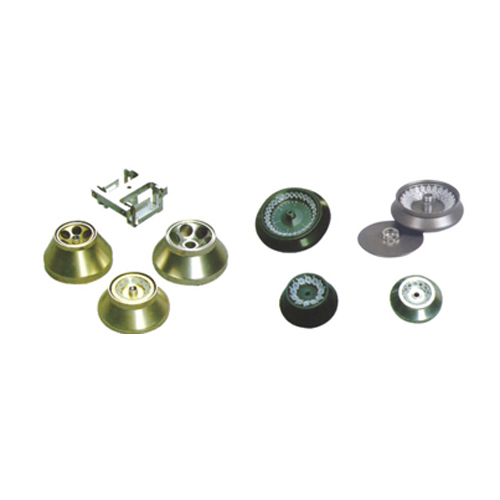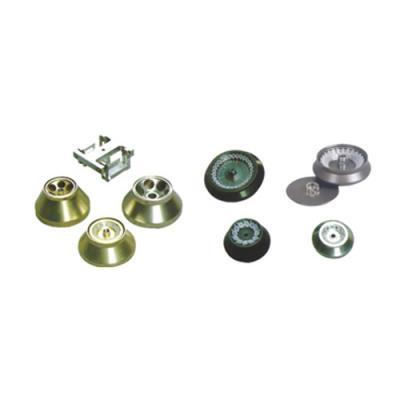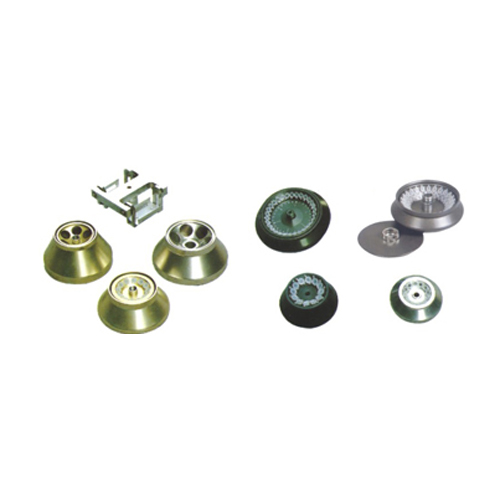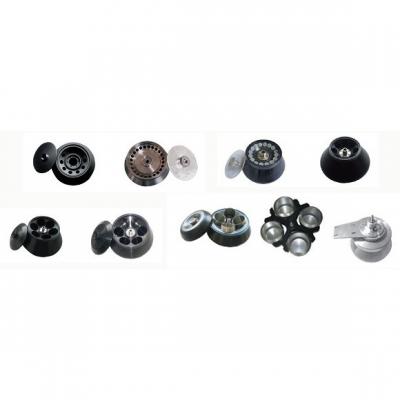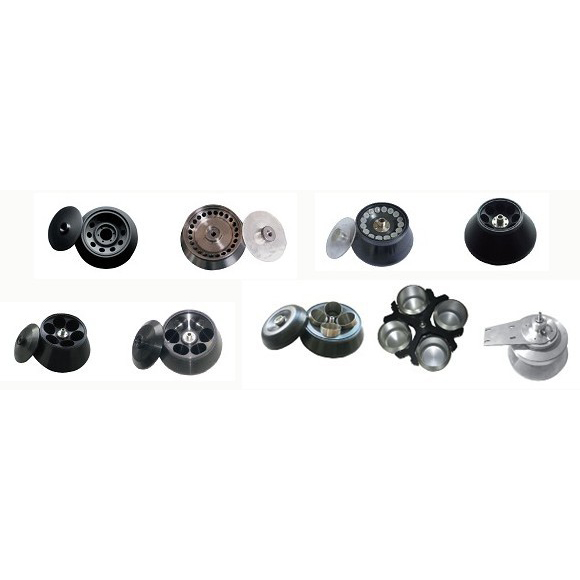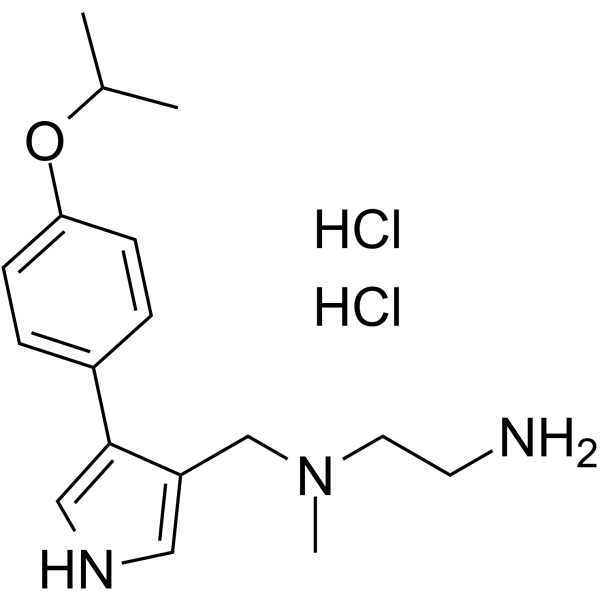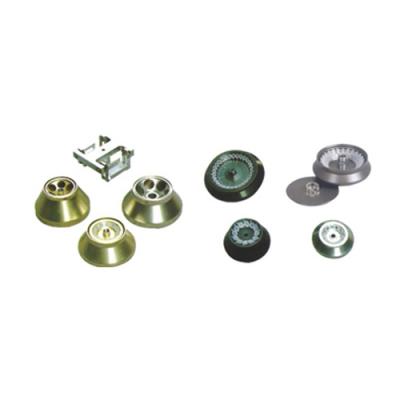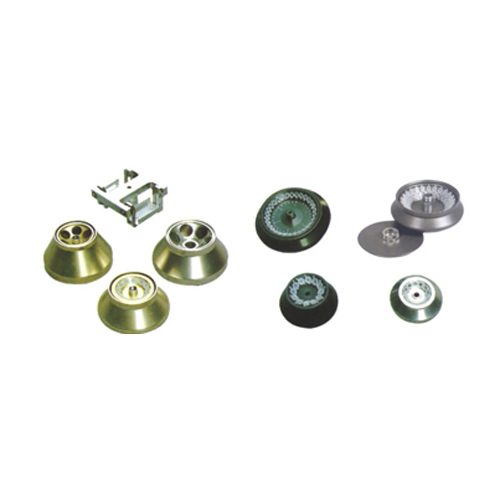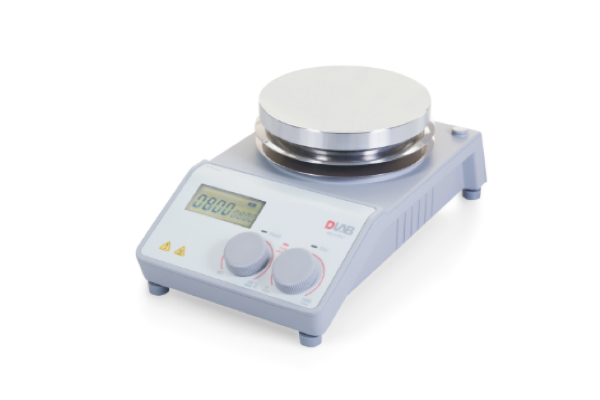上海金畔生物科技有限公司可以定制生产国产培养基,可以访问官网了解更多产品信息。
大肠杆菌噬菌体MS2固体培养基
| 英文名称: | Coliphage MS2 Medium |
| 产品货号: | JP8781 |
| 产品规格: | 250g |
| 120元 | |
| 保质期: | 三年 |
| 产品用途: | 用于大肠杆菌噬菌体MS2培养 |
| 备 注: |
产品介绍:
用途:用于大肠杆菌噬菌体MS2培养。
成分(g/L)
| 胰蛋白胨 | 10.0 |
| 酵母抽提物 | 1.0 |
| 氯化钠 | 8.0 |
| 琼脂 | 13.0 |
| pH值7.0±0.1 | 25℃ |
用法:
称取本品32.0g.加热溶解于1000ml蒸馏水中,分装121℃高压天菌15分钟,备用。
大肠杆菌噬菌体MS2固体培养基相关产品: |
| 产品货号 | 产品名称 | 产品规格 | 产品说明及用途 |
| JPDC005 | SB培养基 SB Medium |
250g | 用于基因工程菌大肠杆菌培养,营养非常丰富 |
| JPDC004 | TB培养基 TB Medium |
250g | 用于基因工程菌大肠杆菌培养,营养丰富 |
| JP0129-2 | LB琼脂(lennox) LB Agar |
250g | 用于分子生物学中大肠杆菌的培养 |
| JP0128-2 | LB肉汤(Lennox) LB Broth |
250g | 用于分子生物学中大肠杆菌培养 |
| JPDC001 | SOB培养基 SOB Medium |
250g | 用于基因工程菌大肠杆菌培养 |
| JPDC003 | 2×YT肉汤 2×YT Broth |
250g | 用于基因工程菌大肠杆菌培养 |
| JPKP0128 | LB肉汤颗粒 LB Broth |
250g | 用于分子生物中大肠杆菌的培养 |

